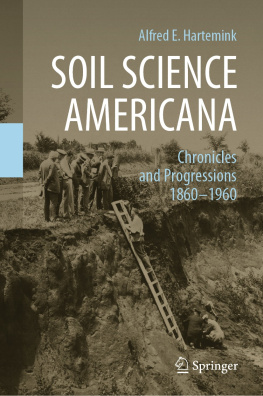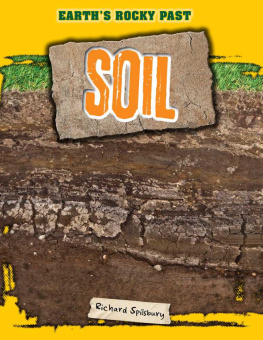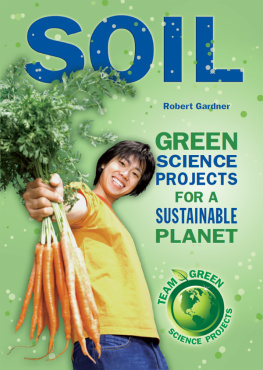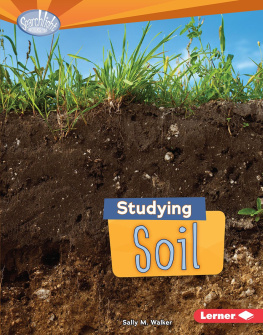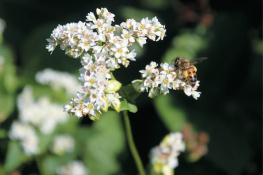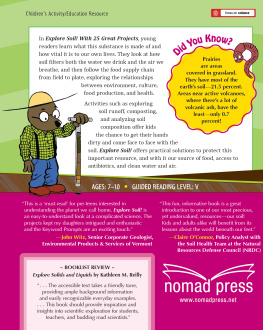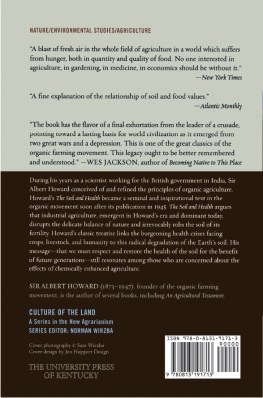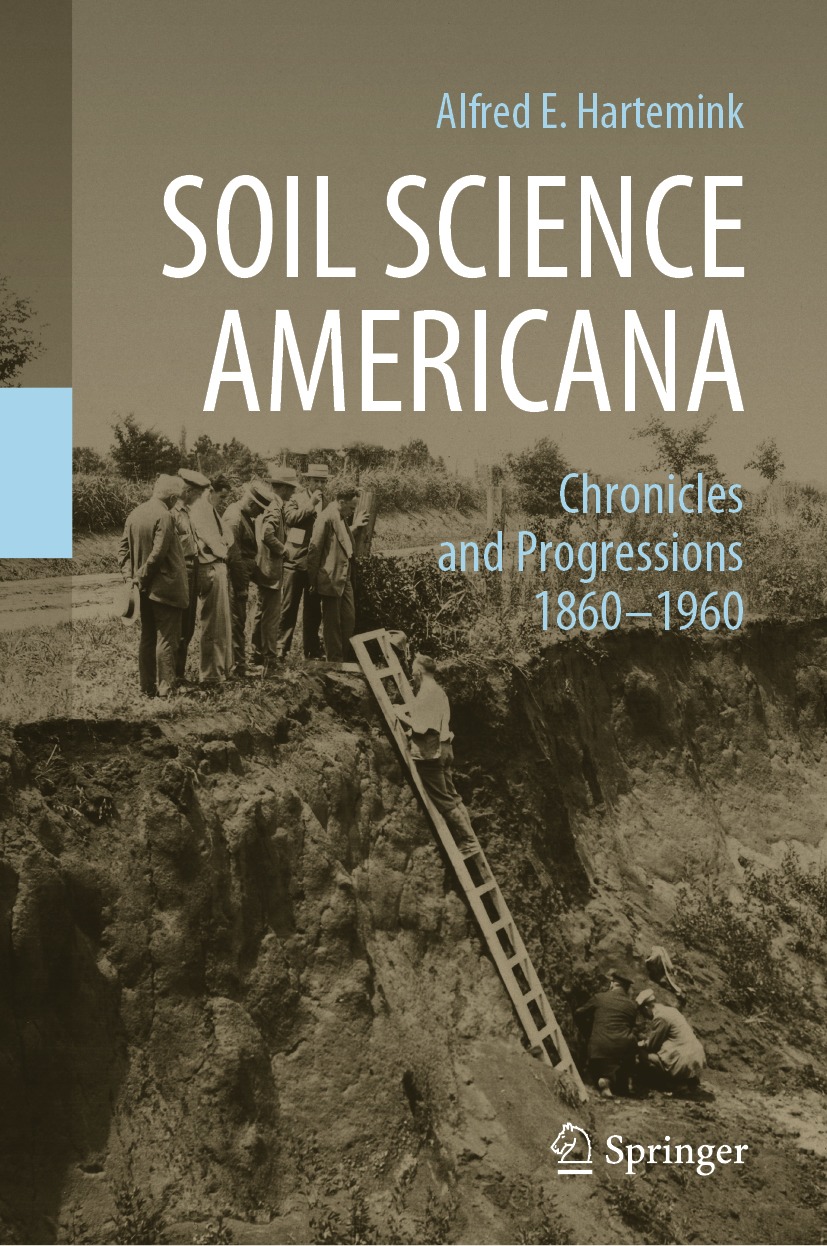Alfred E. Hartemink
Soil Science Americana
Chronicles and Progressions 18601960
1st ed. 2021

Logo of the publisher
Alfred E. Hartemink
Department of Soil Science, FD Hole Soils Lab, University of Wisconsin, Madison, WI, USA
ISBN 978-3-030-71134-4 e-ISBN 978-3-030-71135-1
https://doi.org/10.1007/978-3-030-71135-1
Cover photo: Participants of the Transcontinental Excursion observing a Cecil clay loam profile near Athens, Georgia on 25th June 1927. On the ladder: David Hissink, at the bottom of the ladder Boris Polynov. Photo by M.E. Diemer, Chemist and Photographer of the University of Wisconsin.
The Editor(s) (if applicable) and The Author(s), under exclusive license to Springer Nature Switzerland AG 2021
This work is subject to copyright. All rights are solely and exclusively licensed by the Publisher, whether the whole or part of the material is concerned, specifically the rights of translation, reprinting, reuse of illustrations, recitation, broadcasting, reproduction on microfilms or in any other physical way, and transmission or information storage and retrieval, electronic adaptation, computer software, or by similar or dissimilar methodology now known or hereafter developed.
The use of general descriptive names, registered names, trademarks, service marks, etc. in this publication does not imply, even in the absence of a specific statement, that such names are exempt from the relevant protective laws and regulations and therefore free for general use.
The publisher, the authors and the editors are safe to assume that the advice and information in this book are believed to be true and accurate at the date of publication. Neither the publisher nor the authors or the editors give a warranty, expressed or implied, with respect to the material contained herein or for any errors or omissions that may have been made. The publisher remains neutral with regard to jurisdictional claims in published maps and institutional affiliations.
Cover photo: Participants of the Transcontinental Excursion observing a Cecil clay loam profile near Athens, Georgia on 25th June 1927. On the ladder: David Hissink, at the bottom of the ladder Boris Polynov. Photo by M.E. Diemer, Chemist and Photographer of the University of Wisconsin.
This Springer imprint is published by the registered company Springer Nature Switzerland AG
The registered company address is: Gewerbestrasse 11, 6330 Cham, Switzerland
Soil Science Americana is an intellectual biography, not of one individual but of a new scientific field from its emergence to its complete coming of age. A tour the force with engaging sketches of the key players and often complex international relations. A fascinating read for all those interested not just in soil, climate and agriculture but in the history of science.
Louise O. Fresco, President, Wageningen University and Research
In a lively, personal voice, Hartemink traces the roots of modern soil science in the United States. He tells us of the melding of the Russian and American schools; the lives of those who shaped the field; formation of the famous academic departments of soil science; and the small wars fought by the giants of the field. Hartemink offers keen insight into how individuals and world history influenced the field, creating a book that will engage both the expert and non-expert in the underappreciated field of soil science.
Jo Handelsman, Director, Wisconsin Institute for Discovery
Soil Science Americana by Alfred Hartemink vividly outlines the historic evolution of soil science, its disciplinary diversity, and relevance to addressing historic, current and emerging issues of national and global significance. Using reader-friendly language, Hartemink draws on intellectual biography of pioneer soil scientists of the U.S. and their interaction with peers from Europe, and explains how global events influenced the evolution of soil science. The intellectual master piece is of interest to soil scientists, general public and the policy makers, and will remain pertinent for generations to come.
Rattan Lal, World Food Prize Laureate 2020, The Ohio State University
To my parents Derkand Thea
For their ground gave me wings.
Foreword by Ron Amundson
The soil of the Earths surface is a historical object, a planetary skin that reflects the journey, experiences, and lineage of the patron of interest. Thus, it is not surprising that pedologists, as a group of scientists, have had a long interest in the history of their field and the origin of the ideas and concepts on which it is built.
In this book, Soil Science Americana, Alfred Hartemink has harnessed his long-standing ability and enthusiasm for examining science history and has created a riveting tale of American pedology, one of wide-ranging scope and depth. I anticipate that every reader will find themselves, as I was for a full afternoon as I read about Roy Simonson, carried to different times and places, mesmerized as the participants come again to life, regain their youth, and embark on their life journeys once again. As I remarked many years ago in the Foreword to the reprinting of Hans Jennys Factors of Soil Formation, we are commonly introduced to eminent scientists after their death, and we see them only through the lens of photographs taken late in life. Not here. The illustrations are novel, and we see people in their prime. We begin to understand them as humans, with all the associated humility, vanity, foibles, mistakes, successes, and brilliance that come with the bargain.
I chose to preview Chap. , a synopsis of the life of pedologist Roy Simonson. Simonson and I were born a bit more than a generation apart, though I shared with him the experience of an upbringing on a farm on the Dakota plains, and as a descendent of Scandinavian immigrants. Alfred Hartemink illuminates Simonsons skills and training in basic skills such as mathematics and in writing. Simonson used his skillsand keen criticismas an editor when he was just a graduate student, on the monumental book Soils & Men. As I read about this period in Simonsons life, it jarred my memory to an incident that occurred early in my career at Berkeley, when I was submitting some of my first manuscripts as a young Assistant Professor. I, as possibly many did, had the experience of submitting manuscripts to the journal Geoderma during Simonsons long tenure as Editor-in-Chief. In the late 1980s, my group had worked diligently on a manuscript, and we finally submitted it to Geoderma. Some months later, a package appeared in the mail, loaded with a heavily edited copy of the manuscript and the accompanying reviews. In addition to the comments provided by three anonymous reviewers was a personal review by Roy Simonson. The letter from Roy began by noting that due to his immense interest in pedology, he had taken it upon himself to personally provide a review of my manuscript. The comments he provided went on for more than 11 pages. Additionally, Simonson wrote, though I am still uncertain what he thought as he penned this, that I also include for you a document that I normally provide for our non-English speaking authors. The documentas I remember itwas entitled How to write in the English language. As I continued to read Alfreds chapter about Simonson, it provided a bit of consolation to learn that, many years before when he was a graduate student, Simonson had rejected a manuscript submitted to the book

